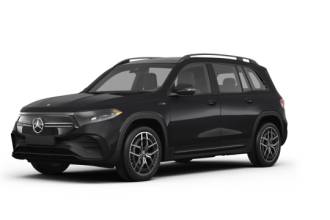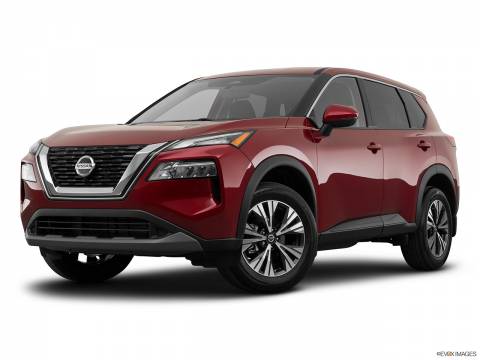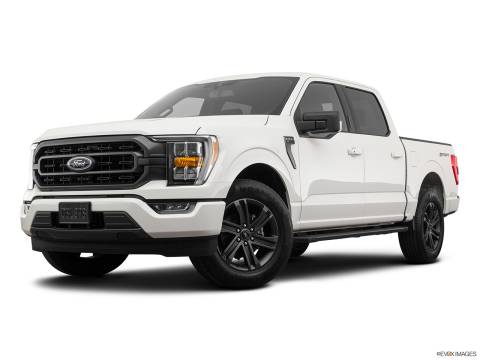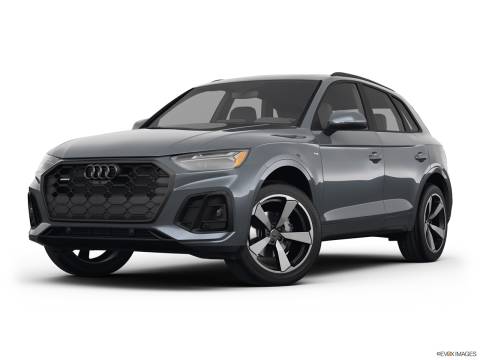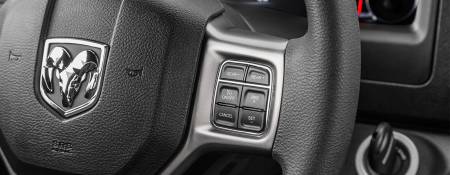I like watching cars out there and figuring out the year, the model, how many I've seen so far and somehow feed my passion for numbers and statistics. But there is a small detail that I have started to also double check when doing so: taking a look at the tires. For my surprise, there is a significant percentage of people (at least where I live in Montreal) that are still rolling out on top of winter tires. Mmmmm..... not good. At all. So, unless you have tons of money to spend, you will want for sure, stop wasting it on the tires.
You are "Literally" Wasting Money
And I will be speculative and numeric with this: on average you may be spending between 2 and 6 cents extra per kilometer if you drive during the summer on top of winter tires. There is a high chance I'm not accurate enough(it may be more, but probably not less), but I will explain my reasons:
The Engine needs more effort (RPM) than Usual
Think of it as the difference between 2 perfectly flat surfaces and a velcro. Your winter tire may be at some point in between those two extremes as these are designed to have an extra grip on the surface, precisely on top of ice or wet surfaces under 7 degrees Celcius.
This fact results that the vehicle aerodynamics itself needs to be strong enough not just to break through the wind but also to "detach" the vehicle from the ground. Each time the tire grip accommodates with the surface, it tries to reach the best grip possible because of its design. Results, if proven in a lab, would end up showing that driving on top of winter tires during summer, would have a similar effect in engine effort as if the vehicle would have an extra (and considerable) amount of weight. So, for maintaining a steady speed, a car with summer tires would be running at lower RPMs than if it would be with the winter set.
And we all know that the more RPMs, the more fuel consumption. And I don't know around you right now, but here in Montreal in May, gasoline reached 1.50 CAD per liter.
The Thread Wears Faster
The fact that we need winter tires is because, during winter, we actually need these. It is not a comfort reason or a luxury need. It is a safety concern.
On average, a good set of winter tires, adequately rotated and stored, can last a very good 50,000 km. So, if we add it to the average lease term of 20,000km/year and let's say: 10,000km during winter and the other 10,000 during no-winter (Canadian seasons), we could round up that on average, these could last from 4 to 5 winters.
But 50,000km is the average of "winter conditions" drive. When you roll these out at 25 degrees(positive), where roads with direct sun exposure for hours can reach up to 35, these will wear way faster. And later, guess what: when winter comes, you will need to start looking for another set of winter tires, which begins, on average, around the 800CAD + tax.
My advice: if you are still rolling on top of your Winter Tires, change these up and stop wasting money. Your pocket will thank you ;)






